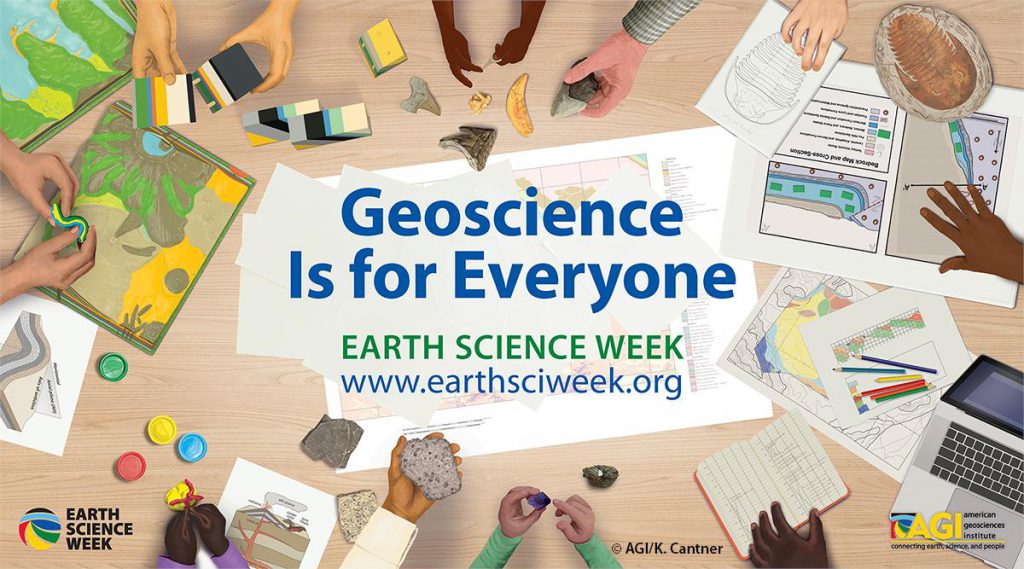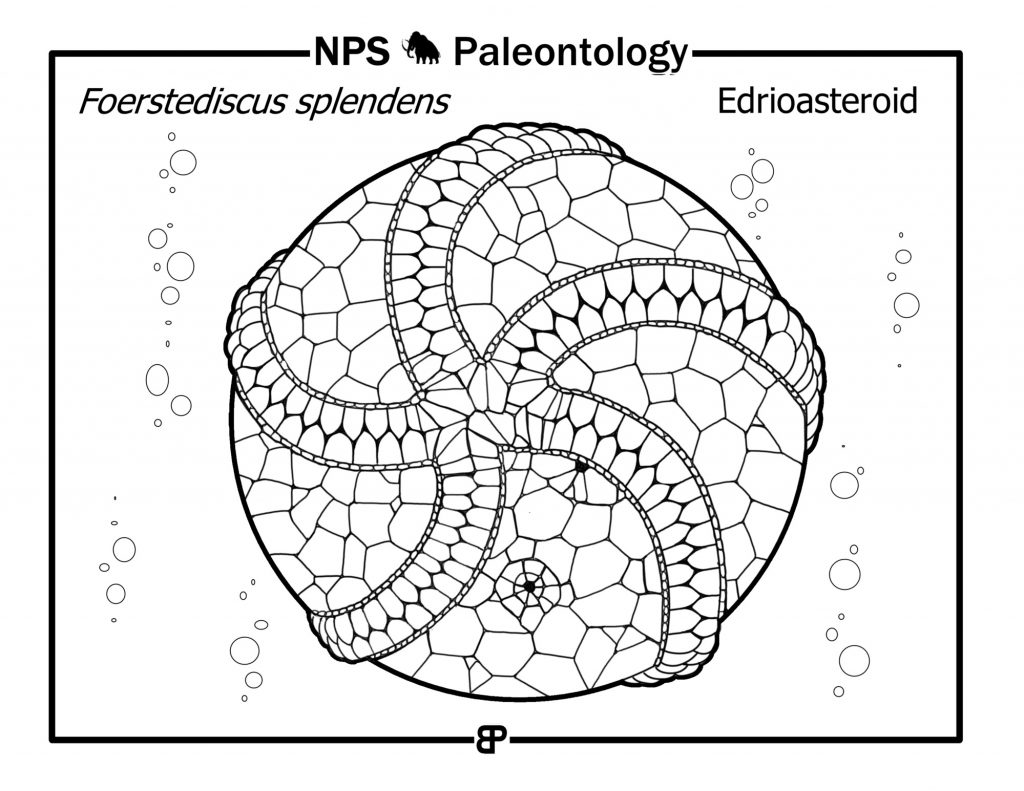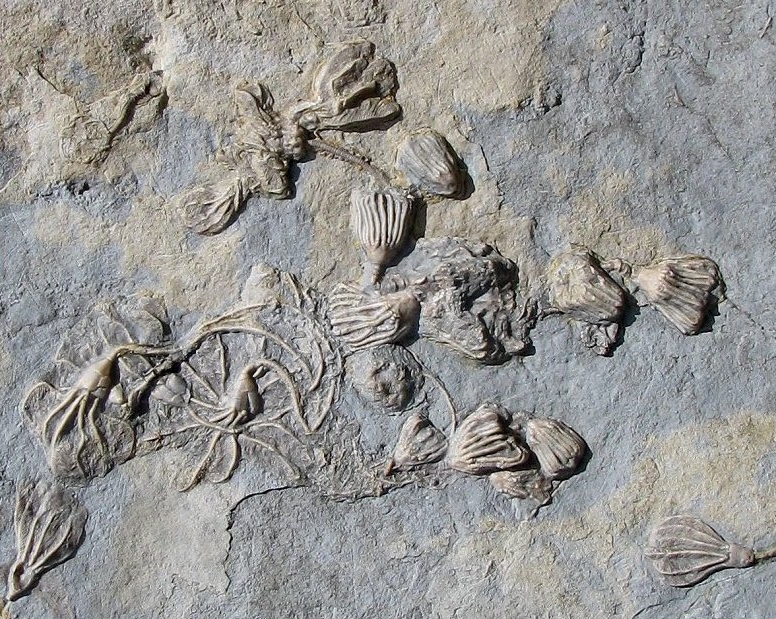Discover the Mappy Halloween Treasure Hunt and More
ESRI has put together a fun Halloween themed Geography Treasure Hunt that uses their story map technology to test your halloween trivia and world geography knowledge. Good luck.

Another exciting Halloween opportunity for those in the Ames area is Reiman Gardens Spirits in the Gardens event. Participants will enjoy walking through a garden path of hundreds of beautifully carved pumpkins. It is a ticketed event, registration information here. IowaView staff member, Amy Logan, will be at the event on Sunday, November 1st from 5-7pm, discussing remote sensing and GIS and handing out goodie bags of Earthshot trading cards while supplies last.
Mappy Halloween!


















